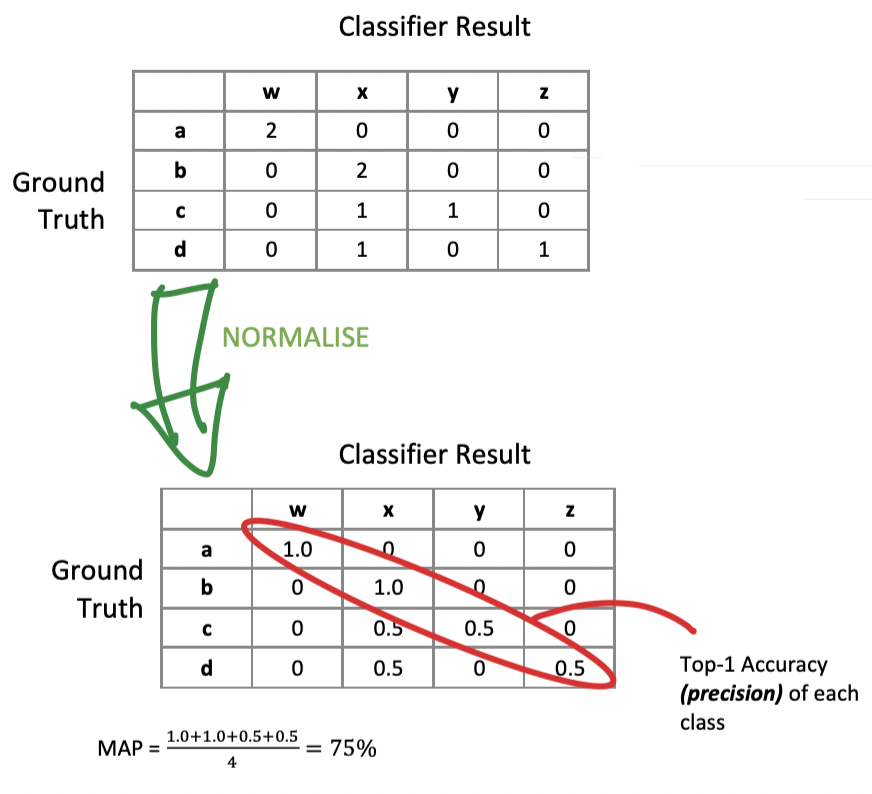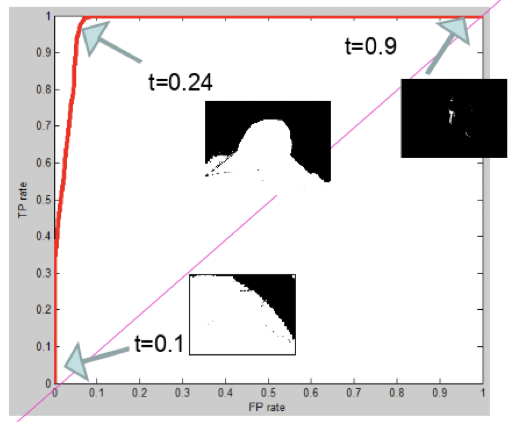Learning
Supervised
- Dataset with inputs manually annotated for desired output
- Desired output = supervisory signal
- Manually annotated = ground truth
- Annotated correct categories
Split data
- Training set
- Test set Don’t test on training data
Top-K Accuracy
- Whether correct answer appears in the top-k results
Confusion Matrix
Samples described by feature vector
Dataset forms a matrix

Un-Supervised
- No example outputs given, learns how to categorise
- No teacher or critic
Harder
- Must identify relevant distinguishing features
- Must decide on number of categories
Reinforcement Learning
- No teacher - critic instead
- Continued interaction with the environment
- Minimise a scalar performance index

- Critic
- Converts primary reinforcement to heuristic reinforcement
- Both scalar inputs
- Delayed reinforcement
- System observes temporal sequence of stimuli
- Results in generation of heuristic reinforcement signal
- Minimise cost-to-go function
- Expectation of cumulative cost of actions taken over sequence of steps
- Instead of just immediate cost
- Earlier actions may have been good
- Identify and feedback to environment
- Closely related to dynamic programming
Difficulties
- No teacher to provide desired response
- Must solve temporal credit assignment problem
- Need to know which actions were the good ones
Fitting
- Over-fitting
- Classifier too specific to training set
- Can’t adequately generalise
- Under-fitting
- Too general, not inferred enough detail
- Learns non-discriminative or non-desired pattern
ROC
Receiver Operator Characteristic Curve
